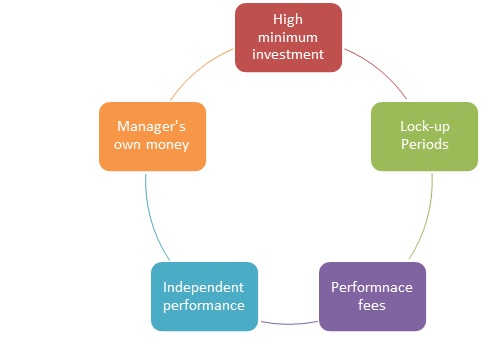
Table of Contents
What is a Hedging Transaction?
A hedging transaction is a tactical measure an investor takes to mitigate the risk of losing money (or having a shortfall) while carrying out their investment strategy.
Hedging is most commonly done with derivatives like options or futures contracts, but it can also be done with inversely linked assets and can take various forms. They can also be used for locking in a specified amount of profit. They are typically used to restrict a position's losses if the initial Investing thesis is incorrect. As a result, they're a popular tool for companies and Portfolio managers trying to reduce total portfolio risk.

Hedging transactions might be linked to an investment or ordinary business activities, but the hedge is almost always Market-based. Derivatives such as put options, futures, and forward contracts can be used in an investment-based hedging transaction.
The dynamics of these derivatives are remarkably similar to those of an insurance policy. A premium is paid by those who buy a derivative for hedging. The insurance policy—a tactical hedge—pays out if something goes wrong with the strategic investment, but the hedge is a sunk cost if nothing goes wrong. These expenses are frequently significantly lower than the possible losses these investors may face if their venture fails. If the investment pays off as predicted, these buried costs are often considered acceptable by the investor.
One issue with viewing hedging agreements solely as insurance is that, unlike insurance, a third possibility is frequently overlooked by inexperienced investors: the investment will increase in value, but only by a bit of amount. When the hedging transaction's cost is factored in, the investor may discover that the little gain has become a loss.
Investing in negatively linked assets can also be used to hedge against overall portfolio risks posed by one asset or the other.
Goals of Hedging Transactions
Hedging transactions' principal purpose is to Offset or limit losses if the initial investment strategy is wrong. To begin, it is accomplished by lowering the risk of economic loss due to changes in the value, yield, price, cash flow, or quantity of assets or liabilities that the insurer currently owns or wants to own in the future.
Second, hedging transactions are designed to reduce the risk of economic loss due to changes or variations in the currency exchange rate of the degree of exposure to assets or liabilities held in a foreign currency by the insurer.
Talk to our investment specialist
Hedging Transactions in Global Business
The global Economy relies on hedging contracts. The sale, for example, is the first transaction when domestic firm A sells goods to international company B. Let's pretend the sale is going to be settled in business B's currency. Suppose company A is concerned that currency changes will damage the contract's value when the money arrives and is converted to the firm's native currency. In that case, they can use the foreign exchange market to execute a hedging transaction, taking on offsetting positions that reduce the currency risk.
It's important to note that hedging arrangements don't always cover the total value of a sale or asset position. Even though a perfect hedge is mathematically possible, it is practically never used because such a transaction is more expensive than desired. It could be due to one of two factors: Removing all risks removes a significant portion of the benefit. Investors strive to minimize the downside risk in hedging trades but not to eliminate the upside rewards.
Calculating, monitoring, and executing a perfect hedge may take more time and money than accepting minimal losses.
All efforts have been made to ensure the information provided here is accurate. However, no guarantees are made regarding correctness of data. Please verify with scheme information document before making any investment.












